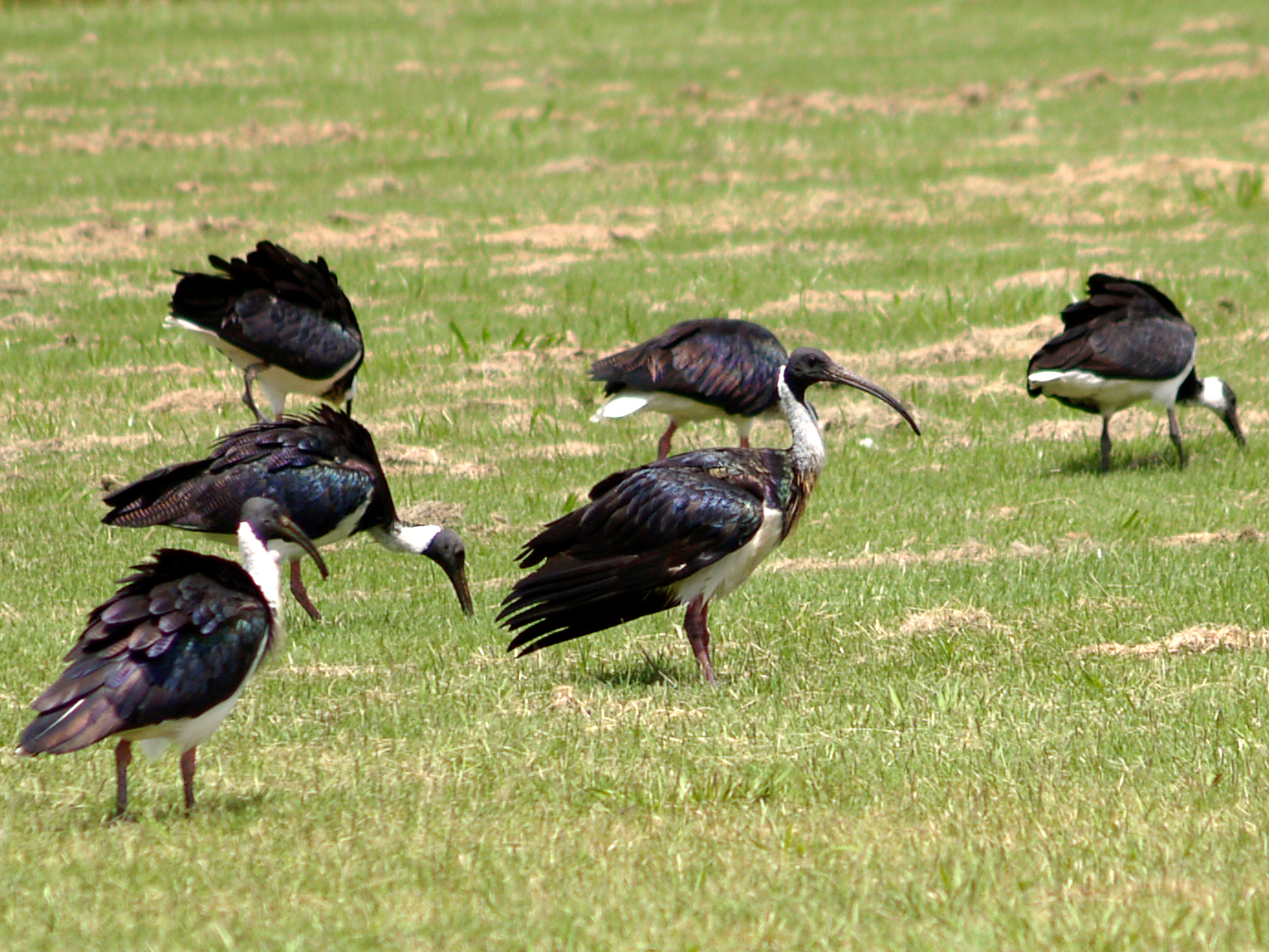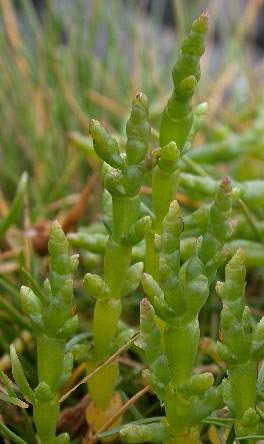|
Reedy Lake
Reedy Lake, historically also known as Lake Reedy, is a shallow intermittent freshwater lake or swamp on the lower reaches of the Barwon River, on the Bellarine Peninsula southeast of Geelong in the Australian state of Victoria. Location and features The lake is included in the Lake Connewarre State Game Reserve, managed by Parks Victoria and is the largest freshwater swamp in central Victoria, and is part of a wetland complex which includes Hospital Swamp, Lake Connewarre, Salt Swamp and the Barwon estuary. The lake's outlet to the tidal lower Barwon River is controlled by a weir. The lake is listed under the Ramsar Convention as a wetland of international significance, as part of the Port Phillip Bay (Western Shoreline) and Bellarine Peninsula Ramsar Site. History Six thousand years ago Reedy Lake was part of a large marine bay. With a subsequent change in relative sea level it was cut off from the sea by a barrier of sand dunes, and its bed covered by a layer of alluvial c ... [...More Info...] [...Related Items...] OR: [Wikipedia] [Google] [Baidu] |
Bellarine Peninsula
The Bellarine Peninsula (Wathawurrung: ''Balla-wein'' or ''Biteyong'') is a peninsula located south-west of Melbourne in Victoria, Australia, surrounded by Port Phillip, Corio Bay and Bass Strait. The peninsula, together with the Mornington Peninsula, separates Port Phillip Bay from Bass Strait. The peninsula itself was originally occupied by Indigenous Australian clans of the Wathaurong nation, prior to European settlement in the early 19th century. Early European settlements were initially centred on wheat and grain agriculture, before the area became a popular tourist destination with most visitors arriving by paddle steamer on Port Phillip in the late 19th century. Today, approximately 55,000 people live on the peninsula and unlike its cousin, the |
Dune
A dune is a landform composed of wind- or water-driven sand. It typically takes the form of a mound, ridge, or hill. An area with dunes is called a dune system or a dune complex. A large dune complex is called a dune field, while broad, flat regions covered with wind-swept sand or dunes with little or no vegetation are called ''ergs'' or ''sand seas''. Dunes occur in different shapes and sizes, but most kinds of dunes are longer on the stoss (upflow) side, where the sand is pushed up the dune, and have a shorter ''slip face'' in the lee side. The valley or trough between dunes is called a ''dune slack''. Dunes are most common in desert environments, where the lack of moisture hinders the growth of vegetation that would otherwise interfere with the development of dunes. However, sand deposits are not restricted to deserts, and dunes are also found along sea shores, along streams in semiarid climates, in areas of glacial outwash, and in other areas where poorly cemented sa ... [...More Info...] [...Related Items...] OR: [Wikipedia] [Google] [Baidu] |
Australian White Ibis
The Australian white ibis (''Threskiornis molucca'') is a wading bird of the ibis family, Threskiornithidae. It is widespread across much of Australia. It has a predominantly white plumage with a bare, black head, long downcurved bill and black legs. While it is closely related to the African sacred ibis, the Australian white ibis is a native Australian bird – contrary to urban myth, it is not a feral species introduced to Australia by people, and it does not come from Egypt. Historically rare in urban areas, the Australian white ibis has established in urban areas of the east coast in increasing numbers since the late 1970s; it is now commonly seen in Wollongong, Sydney, Melbourne, Adelaide (where it mostly is in Mawson Lakes wetlands), Darwin, the Gold Coast, Brisbane and Townsville. In recent years, the bird has also become increasingly common in Perth, Western Australia, and surrounding towns in south-western Australia. Populations have disappeared from natural breedin ... [...More Info...] [...Related Items...] OR: [Wikipedia] [Google] [Baidu] |
Straw-necked Ibis
The straw-necked ibis (''Threskiornis spinicollis'') is a bird of the ibis and spoonbill family Threskiornithidae. It can be found throughout Australia, New Guinea, and parts of Indonesia. Adults have distinctive straw-like feathers on their necks. Description Straw-necked ibises are large birds, around long, with a bare black head and a long, downcurved black bill. They have a distinctive, highly iridescent plumage, which can appear fairly uniform dirty dark brown in indifferent light; the wings are dark, with an iridescent, multicoloured sheen in sunlight. They have a shiny blue-black back, with a metallic purple, green and bronze glow, and a dark collar. The upper neck is white, as are the underparts and the undertail; their legs are usually red near the top and dark grey toward the feet. Adults have straw-colored feathers on the neck, giving the bird its common name. Their wingspan is about and weight is generally . Sexes are similar, although males have longer bills and ... [...More Info...] [...Related Items...] OR: [Wikipedia] [Google] [Baidu] |
Phragmites Australis
''Phragmites australis'', known as the common reed, is a species of plant. It is a broadly distributed wetland grass that can grow up to tall. Description ''Phragmites australis'' commonly forms extensive stands (known as reed beds), which may be as much as or more in extent. Where conditions are suitable it can also spread at or more per year by horizontal runners, which put down roots at regular intervals. It can grow in damp ground, in standing water up to or so deep, or even as a floating mat. The erect stems grow to tall, with the tallest plants growing in areas with hot summers and fertile growing conditions. The leaves are long and broad. The flowers are produced in late summer in a dense, dark purple panicle, about long. Later the numerous long, narrow, sharp pointed spikelets appear greyer due to the growth of long, silky hairs. These eventually help disperse the minute seeds. Taxonomy Recent studies have characterized morphological distinctions between the int ... [...More Info...] [...Related Items...] OR: [Wikipedia] [Google] [Baidu] |
Samphire
Samphire is a name given to a number of succulent salt-tolerant plants (halophytes) that tend to be associated with water bodies. *Rock samphire, ''Crithmum maritimum'' is a coastal species with white flowers that grows in Ireland, the United Kingdom and the Isle of Man. This is probably the species mentioned by Shakespeare in King Lear. *Golden samphire, ''Limbarda crithmoides'' is a coastal species with yellow flowers that grows across Eurasia. *Several species in the genus ''Salicornia'', known as "marsh samphire" in Britain. * ''Blutaparon vermiculare'', Central America, southeastern North America *''Tecticornia'', Australia *''Sarcocornia'', cosmopolitan Following the construction of the Channel Tunnel, the nature reserve created on new land near Folkestone made from excavated rock was named "Samphire Hoe". Etymology Originally "sampiere", a corruption of the French "Saint Pierre" (Saint Peter), samphire was named after the patron saint of fishermen because all of th ... [...More Info...] [...Related Items...] OR: [Wikipedia] [Google] [Baidu] |
Cyperaceae
The Cyperaceae are a family of graminoid (grass-like), monocotyledonous flowering plants known as sedges. The family is large, with some 5,500 known species described in about 90 genera, the largest being the "true sedges" genus ''Carex'' with over 2,000 species. These species are widely distributed, with the centers of diversity for the group occurring in tropical Asia and tropical South America. While sedges may be found growing in almost all environments, many are associated with wetlands, or with poor soils. Ecological communities dominated by sedges are known as sedgelands or sedge meadows. Some species superficially resemble the closely related rushes and the more distantly related grasses. Features distinguishing members of the sedge family from grasses or rushes are stems with triangular cross-sections (with occasional exceptions, a notable example being the tule which has a round cross-section) and leaves that are spirally arranged in three ranks. In comparison, ... [...More Info...] [...Related Items...] OR: [Wikipedia] [Google] [Baidu] |
Salt Marsh
A salt marsh or saltmarsh, also known as a coastal salt marsh or a tidal marsh, is a coastal ecosystem in the upper coastal intertidal zone between land and open saltwater or brackish water that is regularly flooded by the tides. It is dominated by dense stands of salt-tolerant plants such as herbs, grasses, or low shrubs. These plants are terrestrial in origin and are essential to the stability of the salt marsh in trapping and binding sediments. Salt marshes play a large role in the aquatic food web and the delivery of nutrients to coastal waters. They also support terrestrial animals and provide coastal protection. Salt marshes have historically been endangered by poorly implemented coastal management practices, with land reclaimed for human uses or polluted by upstream agriculture or other industrial coastal uses. Additionally, sea level rise caused by climate change is endangering other marshes, through erosion and submersion of otherwise tidal marshes. However, recent ackn ... [...More Info...] [...Related Items...] OR: [Wikipedia] [Google] [Baidu] |
Vascular Plant
Vascular plants (), also called tracheophytes () or collectively Tracheophyta (), form a large group of land plants ( accepted known species) that have lignified tissues (the xylem) for conducting water and minerals throughout the plant. They also have a specialized non-lignified tissue (the phloem) to conduct products of photosynthesis. Vascular plants include the clubmosses, horsetails, ferns, gymnosperms (including conifers), and angiosperms (flowering plants). Scientific names for the group include Tracheophyta, Tracheobionta and Equisetopsida ''sensu lato''. Some early land plants (the rhyniophytes) had less developed vascular tissue; the term eutracheophyte has been used for all other vascular plants, including all living ones. Historically, vascular plants were known as "higher plants", as it was believed that they were further evolved than other plants due to being more complex organisms. However, this is an antiquated remnant of the obsolete scala naturae, and the term ... [...More Info...] [...Related Items...] OR: [Wikipedia] [Google] [Baidu] |
Floristics
{{Short pages monitor ... [...More Info...] [...Related Items...] OR: [Wikipedia] [Google] [Baidu] |
Turbidity
Turbidity is the cloudiness or haziness of a fluid caused by large numbers of individual particles that are generally invisible to the naked eye, similar to smoke in air. The measurement of turbidity is a key test of water quality. Fluids can contain suspended solid matter consisting of particles of many different sizes. While some suspended material will be large enough and heavy enough to settle rapidly to the bottom of the container if a liquid sample is left to stand (the settable solids), very small particles will settle only very slowly or not at all if the sample is regularly agitated or the particles are colloidal. These small solid particles cause the liquid to appear turbid. Turbidity (or haze) is also applied to transparent solids such as glass or plastic. In plastic production, haze is defined as the percentage of light that is deflected more than 2.5° from the incoming light direction. Causes and effects Turbidity in open water may be caused by growth of phyto ... [...More Info...] [...Related Items...] OR: [Wikipedia] [Google] [Baidu] |
Reedbed
A reedbed or reed bed is a natural habitat found in floodplains, waterlogged depressions and estuaries. Reedbeds are part of a succession from young reeds colonising open water or wet ground through a gradation of increasingly dry ground. As reedbeds age, they build up a considerable litter layer that eventually rises above the water level and that ultimately provides opportunities in the form of new areas for larger terrestrial plants such as shrubs and trees to colonise. Artificial reedbeds are used to remove pollutants from greywater, and are also called constructed wetlands. Types Reedbeds vary in the species that they can support, depending upon water levels within the wetland system, climate, seasonal variations, and the nutrient status and salinity of the water. ''Reed swamps'' have 20 cm or more of surface water during the summer and often have high invertebrate and bird species use. ''Reed fens'' have water levels at or below the surface during the summer and ... [...More Info...] [...Related Items...] OR: [Wikipedia] [Google] [Baidu] |




